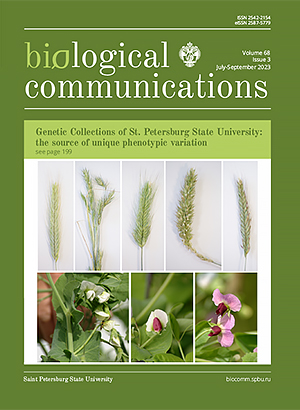Natural habitats for the stable existence of wild boars (Sus scrofa) in the North
DOI:
https://doi.org/10.21638/spbu03.2023.306Abstract
Wild boar Sus scrofa populations are actively expanding northwards. Their presence in the North is closely tied to anthropogenic activities, as wild boars are either fed, or find food and suitable habitat at farmlands. However, the nature reserves of the northern part of Russia show that wild boars are able to survive on their own even in a completely natural environment. In the taiga zone, there are habitats providing for their survival in winter: wetlands in mires and around large water bodies, and dense spruce forests. Continued northwards expansion of wild boar range is likely if pressure from hunting is reduced. Modelling based on climatic variables also shows that they could potentially inhabit vast areas in the North. The existence of wild boars in the North is interrelated with other species of relatively large mammals (beavers and roe deer) and partly supports the idea of “Pleistocene rewilding” in a boreal environment, i.e., the potential to increase the variety and numbers of megafauna representatives.
Keywords:
wild boar, North, habitat, expansion, nature reserves
Downloads
References
Downloads
Published
How to Cite
License
Articles of Biological Communications are open access distributed under the terms of the License Agreement with Saint Petersburg State University, which permits to the authors unrestricted distribution and self-archiving free of charge.





